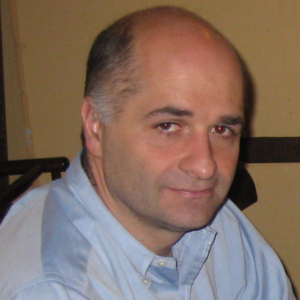
Stelios Manolis Smirnakis
Associate Professor of Neurology
Brigham and Women’s Hospital
Jamaica Plain VA Hospital
Harvard Medical School
Email: smsmirnakis@bwh.harvard.edu

Ganna Palagina
Instructor
Department of Neurology
Brigham and Women’s Hospital
Harvard Medical School
75 Francis Street, TH-1030
Boston, MA 02115

Mingyu Ye
Instructor
Department of Neurology
Brigham and Women’s Hospital
Harvard Medical School
75 Francis Street, TH-1030
Boston, MA 02115

Katerina (Aikaterini) Kalemaki
Postdoctoral Fellow
Department of Neurology
Brigham and Women’s Hospital
Harvard Medical School
75 Francis Street, TH-1030
Boston, MA 02115

Amr Ellaithy
Postdoctoral Fellow
Department of Neurology
Brigham and Women’s Hospital
Harvard Medical School
75 Francis Street, TH-1030
Boston, MA 02115

Andriani Rina
PhD Candidate
Department of Neurology
Brigham and Women’s Hospital
Harvard Medical School
75 Francis Street, TH-1030
Boston, MA 02115

George Touloumes
PhD Candidate
Department of Neurology
Brigham and Women’s Hospital
Harvard Medical School
75 Francis Street, TH-1030
Boston, MA 02115

Natalia Cordero Ruiz
Postdoctoral Fellow
Department of Neurology
Brigham and Women’s Hospital
Harvard Medical School
75 Francis Street, TH-1030
Boston, MA 02115

Georgios A. Keliris

Jahnavi Simhadri
PhD Student
Department of Neurology
Brigham and Women’s Hospital
Harvard Medical School
75 Francis Street, TH-1030
Boston, MA 02115

Juliet Bussell
Undergraduate student
Department of Neurology
Brigham and Women’s Hospital
Harvard Medical School
75 Francis Street, TH-1030
Boston, MA 02115

